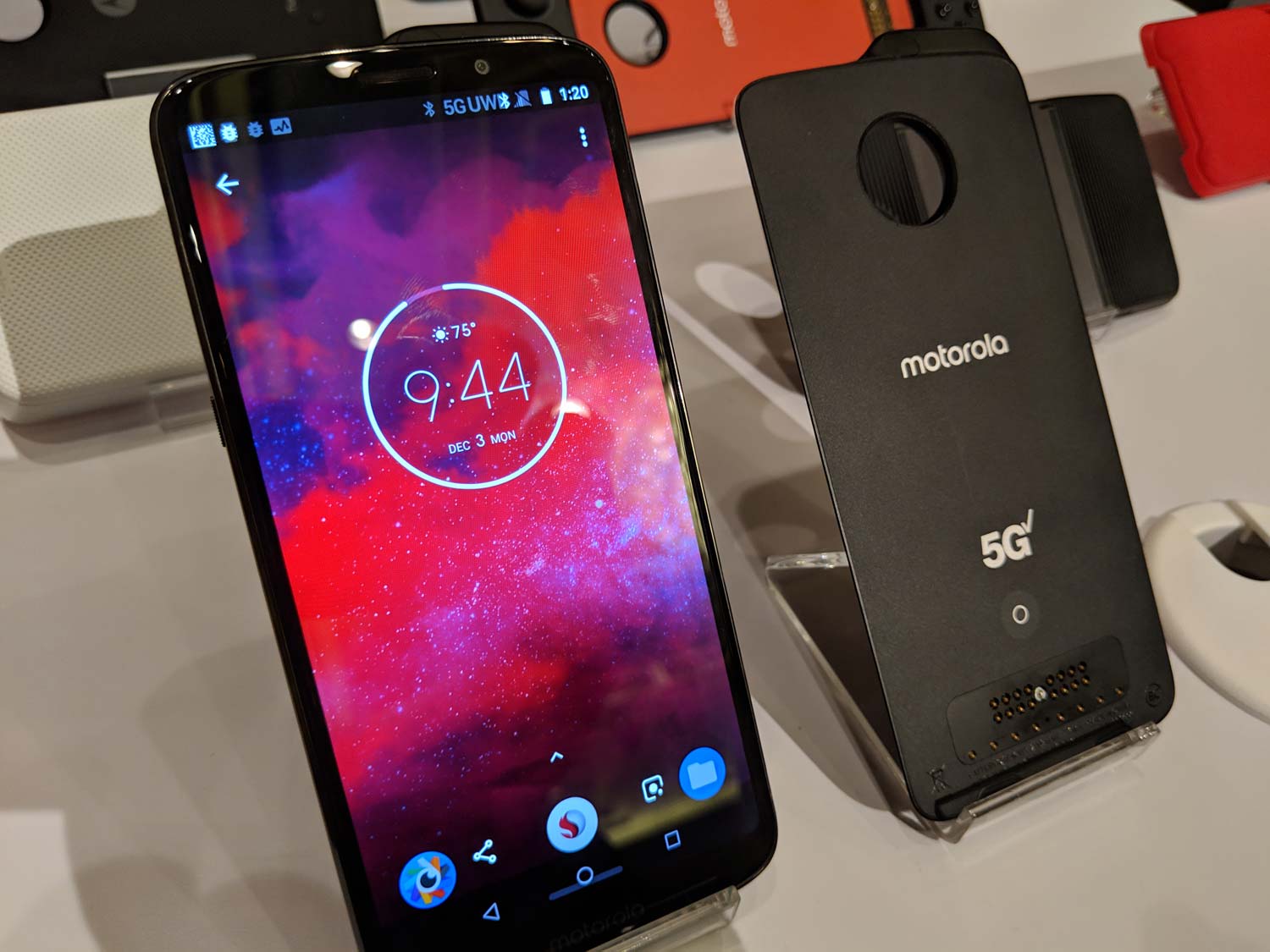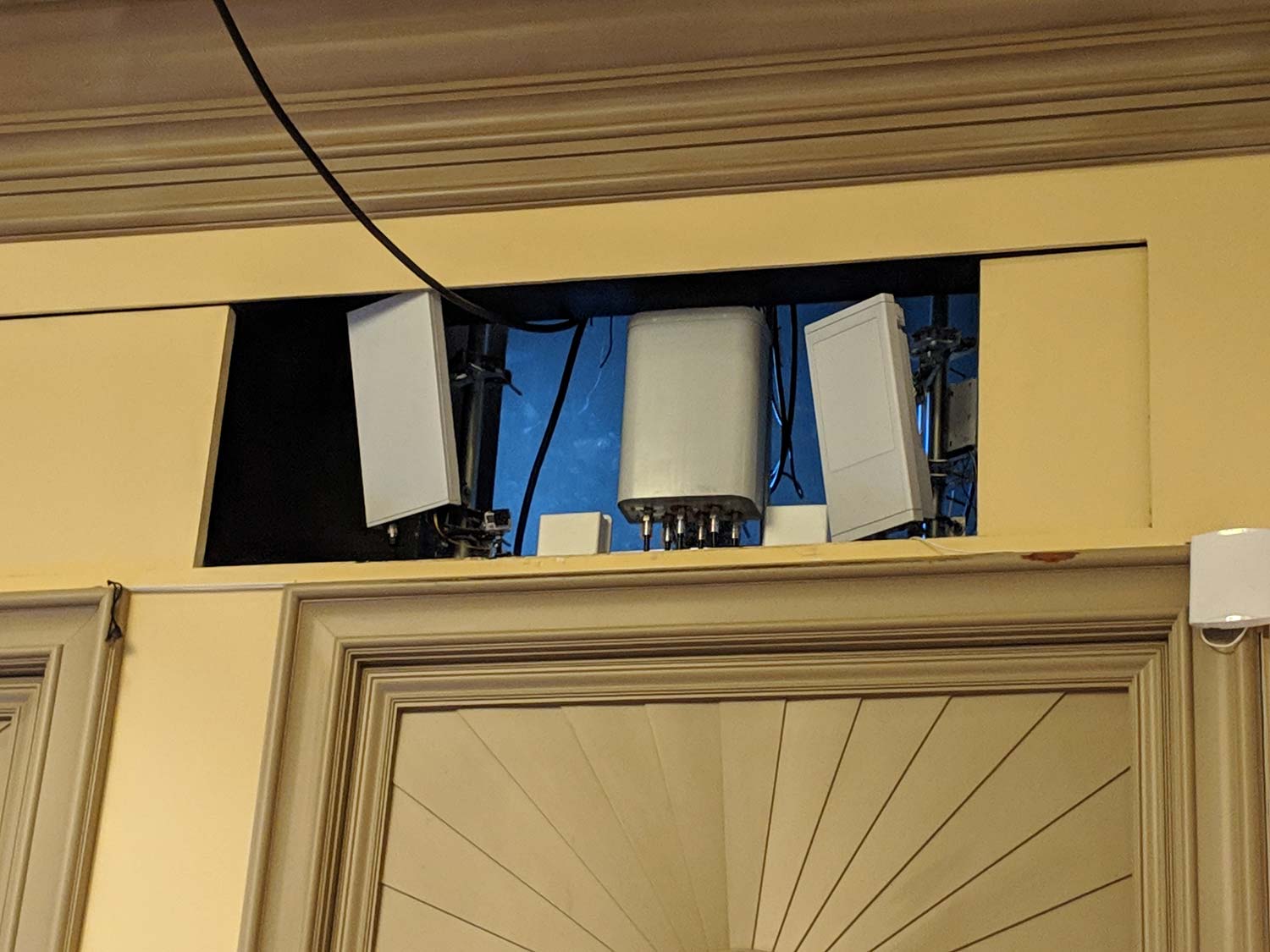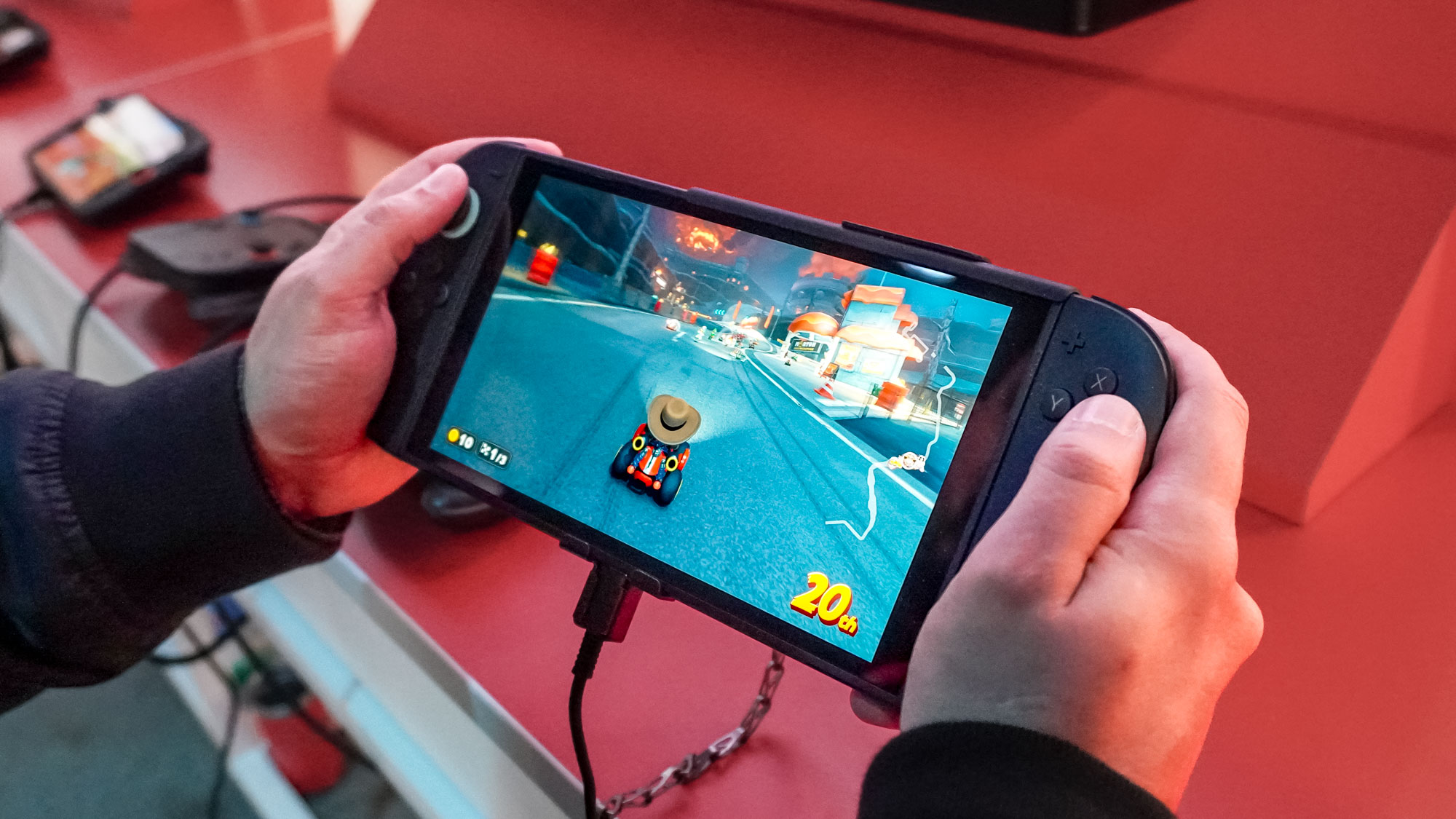5G Is Coming, It’s Exciting, and I’m Sitting It Out for Now
When 5G networks launch next year, they’ll bring faster data speeds and other benefits. But you may want to pause before jumping in as an early adopter.
WAILEA, Hawaii — Qualcomm has just spent a week at its annual Snapdragon Tech Summit trumpeting the imminent arrival of 5G networking in the very near future. Whether it was demos of 5G's faster data speeds, announcements of 5G-ready products such as the Snapdragon 855 processor or appearances from phone makers and network operators to talk up their 5G plans, the message was the same — 2019 is the year 5G will be a reality.

"From a consumer standpoint, 5G will be there in 2019," Ignacio Contreras, Qualcomm's director of marketing for 5G, told me in Maui this week. "Consumers will be able to buy 5G phones and join 5G networks starting in early 2019."
And I absolutely believe that's true. Just as I believe that I'm not planning to rush out and buy one of those early 5G phones.

And that's great if you happen to live in one of the cities where the carrier of your choice is deploying the faster networking standard. But if you live outside those areas or venture beyond 5G's reach, the touted benefits of 5G remain pretty theoretical even as 5G networks come online.
5G's adoption is expected to be faster than what we saw with 4G ("which was already fairly fast," Contreras pointed out to me). But don't expect it to be instantaneous.
5G's bigger benefits are still to come
Look, faster data speeds are nothing to sneeze about. When I saw a 5G Moto Mod quickly download a 1GB file in a demo here at Qualcomm's tech summit, I could certainly see how that would improve my day-to-day smartphone use (even if the speeds in the demo here didn't approach what carriers and device makers would expect from a commercially launched 5G network). But the really cool demos on display in Maui this week didn't have a lot to do with smartphones.

One demo showed how doctors could help patients with physical therapy remotely thanks to real-time video that streamed without any lags. Another demonstrated how 5G could deliver volumetric video to a VR headset. Both of these are impressive feats that speak to 5G's possibilities, but they're not the sort of thing your or I will be doing on our smartphone come this time next year.
MORE: What Is 5G? The Definitive Guide to the 5G Network Rollout
Kevin Patterson, AT&T's senior vice president of product marketing, told Snapdragon Tech Summit attendees that many of 5G's early impacts will be felt the most in the enterprise space. That's undoubtedly true as the faster network has the potential to influence everything from broadcasting to managing connected devices. Consumers will see an impact, too, but that's more likely to come after developers get the opportunity to build smartphone apps that can take advantage of 5G's considerable strengths.
5G phones sound like they're going to be expensive
OnePlus made some news at Qualcomm's get-together by pledging to be one of the first phone makers to support the 5G-capable Snapdragon 855. (The phone maker probably made more news than it would have liked, when the person translating CEO Pete Lau's announcement mistakenly said OnePlus would have the first Snapdragon 855 phone.) But the real story came after the announcement when Lau said that his company's 5G phone would probably cost $200 to $300 more than its affordably priced premium handsets. That's the first indication we've gotten about how much extra a 5G-ready phone might cost.
Given that OnePlus sells its phone at a much lower cost than most flagship phone makers — you can get the OnePlus 6T starting at $549 — adding another couple hundred dollars for 5G connectivity would still give you a device that's less expensive than an iPhone or Galaxy Note. But other device makers less committed to keeping prices down could potentially charge a premium for their initial 5G-ready handsets. And that seems a steep price to pay just to be able to download large files faster or play streaming games without dropping frames.
What about data plans?
If we only have a hint about what 5G devices might costs, that's more than we know about wireless plans for 5G phones. The good news is that the Big Four carriers have all embraced unlimited data plans in recent years. The bad news is even those unlimited offerings come with limits, as carriers reserve the right to throttle your data speeds if you consume too much data. With 5G phones capable of snarfing down data in a instant, it seems like more unlimited users will run that risk.
Reps from Verizon and AT&T were on stage during a panel discussion about 5G this week at Qualcomm's tech summit, and were asked about their data plans in 5G's brave new data-intensive world. Both demurred, with the idea that we'll know more about potential changes to plans once we get closer to seeing some 5G-ready phones. Until data plan pricing becomes more clear, though, the smart play would be to keep your powder dry on 5G.
4G networks will get better, too
The launch of 5G doesn't mean 4G networks are going to fall by the wayside. If anything, LTE performance is likely to improve as 5G networks get built out.

That's because congestion on LTE networks is likely to lessen as people with 5G-capable phones hop on other, faster connections. It's like if I were to build an expressway next to a traffic-clogged street. Even if only some cars head toward the expressway, it's still going to free up room for the remaining cars to move around.
Me, I'm happy to spend 2019 taking advantage of the extra elbow room on LTE networks once the early adopters flock to 5G.
Outlook
Again, none of this refutes anything Qualcomm and its assorted partners said about 5G this past week. 5G networks will roll out in 2019, bringing faster speeds with them. And the people who pick up one of the several 5G-ready smartphones coming out next year will reap some benefits.
But the more lasting benefits are likely further down the road. And they'll still be there waiting you, even if you're not ready to get on board with 5G right away.
Image Credits: Tom's Guide
Sign up to get the BEST of Tom's Guide direct to your inbox.
Get instant access to breaking news, the hottest reviews, great deals and helpful tips.
Philip Michaels is a Managing Editor at Tom's Guide. He's been covering personal technology since 1999 and was in the building when Steve Jobs showed off the iPhone for the first time. He's been evaluating smartphones since that first iPhone debuted in 2007, and he's been following phone carriers and smartphone plans since 2015. He has strong opinions about Apple, the Oakland Athletics, old movies and proper butchery techniques. Follow him at @PhilipMichaels.

